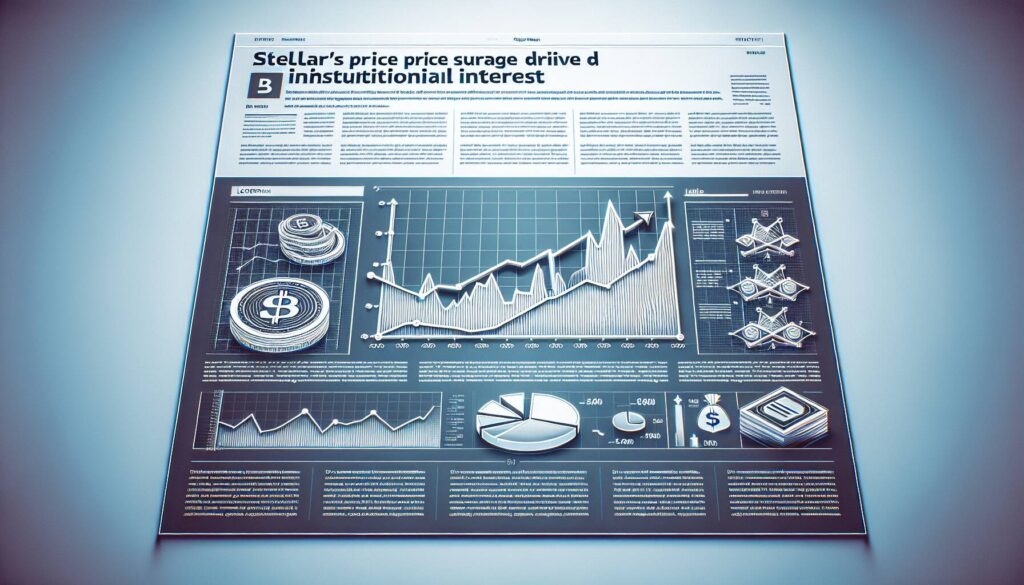In the ever-shifting landscape of cryptocurrency, the latest market developments have sparked both concern and intrigue among investors. As we dive into this morning’s Asian market briefing, Bitcoin is hovering just below the significant $110,000 mark, having faced a notable setback since its peak of over $117,000 following Federal Reserve Chair Jerome Powell’s dovish comments at the Jackson Hole conference. Notable is Ethereum’s struggle as well, having encountered a steep decline from a high of $4,900, now settling above $4,300 amid signs of market fatigue.
Market analysts are pointing to a fraying bull run, driven by thinning liquidity and significant ETF outflows, which have accelerated amidst increasing fragility in onchain activity. As large-scale investors, or “whales,” pivot toward Ethereum while retail positions face liquidation, a stark contrast is emerging. Notably, even as short-term confidence wanes, institutional and sovereign investors are quietly maneuvering into positions that capitalize on market volatility. These contrasting trends reveal a complex picture where billion-dollar allocations suggest a long-term bullish strategy is still in play.
“The cycle is deteriorating from euphoria into fragility,” observes Glassnode, highlighting that while retail activity appears to be waning, substantial players are leveraging the current turbulence to build positions.
Recent data indicates a significant $1 billion outflow from ETFs, hinting at the growing unease among small investors, while larger entities are deploying capital in ways that suggest a more calculated approach to the uncertain market environment. This contradictory dynamic leaves the Bitcoin blockchain facing liquidity challenges, potentially increasing the likelihood of further consolidation or deeper market corrections moving into September, a historically challenging month for Bitcoin.
As we monitor the market’s movements, Bitcoin has seen a slight retracement, nearing a seven-week low at around $109,700. Altcoins like Ethereum are following suit, experiencing drops that have led to considerable liquidations. Meanwhile, traditional markets, including gold and major Asian indices, are navigating their own set of challenges, linking broader economic themes to the volatility in cryptocurrency markets.

Market News Summary
Key points impacting the markets and potential implications for readers:
- Bitcoin’s Decline:
- Bitcoin trading just below $110,000, down 7% since peak.
- Failed rebounds indicate potential market instability.
- Ethereum’s Performance:
- Ethereum showing signs of exhaustion despite earlier gains.
- Volatility in ETH/BTC cross suggests a shift in trading dynamics.
- Market Liquidity Concerns:
- Thinning liquidity linked to $1 billion ETF outflows.
- Transaction fees falling to decade lows, affecting miners.
- Institutional Investment vs. Retail Liquidations:
- Institutional players accumulating despite retail losses.
- Long-horizon investments create divergence in market behavior.
- Gold and Stock Market Reactions:
- Gold remains strong amid geopolitical tensions and rate-cut expectations.
- Stock indices reflect caution with recent declines, indicating market sentiment shifts.
These points illustrate the current volatility in both cryptocurrency and traditional markets, potentially affecting investment decisions and risk management strategies for readers.
Market Dynamics and Trends in Crypto: A Comparative Analysis
The current landscape of cryptocurrency markets poses intriguing parallels and contrasts with notable developments in alternative investment avenues. Primarily, Bitcoin’s challenges resonate with the experience of traditional assets like gold, which has maintained a stable footing amid escalating geopolitical concerns and promising dovish signals from the Fed. While Bitcoin’s price stability appears increasingly precarious with decreasing liquidity and significant liquidations, gold boasts a strong position, reflecting its status as a safe-haven asset.
Competitive Advantages: The divergence between retail investors and institutional players in the crypto space indicates a potential shift in market dynamics. While retail investors faced significant liquidations due to volatile trading environments, institutional allocations, particularly from sovereign funds, continue to fortify positions in Ethereum, indicating a long-term bullish sentiment among larger players. This solid backing could lead institutions to take advantage of current market fragility, thereby positioning themselves favorably when recovery occurs.
Competitive Disadvantages: Conversely, the recent slump in Bitcoin’s performance, following the Jackson Hole speech and subsequent liquidation event, highlights a vulnerability that retail investors face. The outflows from ETFs and thinning liquidity are troubling signs for Bitcoin’s short-term viability, suggesting a potential downturn ahead that could exacerbate existing cracks in the market. Furthermore, these drawbacks could create challenges for miners, already pressured by reduced rewards, underscoring an urgency for innovation in mining strategies and efficiency improvements.
This environment presents unique challenges and opportunities for various market participants. Investors seeking quick returns may find the volatile crypto landscape daunting due to the high risk of liquidation and market corrections. Conversely, long-term investors, particularly institutions like the UAE royal family that see value in sustained volatility, might find this juncture ripe for accumulating significant positions.
Overall, the contrasting fortunes of Bitcoin and gold, along with the evolving nature of investor participation, illustrate a complex interplay of risk and opportunity in today’s financial landscape, setting the stage for intriguing developments in the coming months.

















